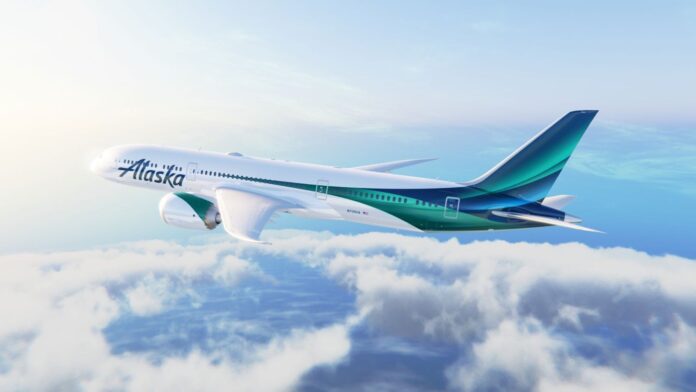From shaking up its West Coast hubs to charting a new path as a global airline, it’s a time of big change for Alaska Airlines.
In just over a year since acquiring Hawaiian Airlines, the Seattle-based carrier has debuted its new combined Atmos Rewards loyalty program and rolled out a premium credit card. It has launched Asia service from its Seattle-Tacoma International Airport (SEA) home base, and merged its operation with Hawaiian’s.
And there are plenty of changes still to come. London, Rome and Iceland flights begin in 2026 — as will the first-ever service on Alaska-branded twin-aisle planes.
What else could be on the horizon?
Earlier this year, TPG had the chance to sit down with Alaska Air Group’s top network planner to talk routes, hubs and stiff competition in the Pacific Northwest.
Here’s what we learned.
Loyalty and connections driving San Diego, Portland push
Alaska made one thing really clear last month when it added 13 new routes and slashed seven from its West Coast hubs: The carrier is clearly bullish on San Diego International Airport (SAN) and Oregon’s Portland International Airport (PDX).
During the first half of 2026, Alaska’s total departures from SAN will be up a whopping 50% compared with 2025, according to data from aviation analytics firm Cirium.
They’ll be up 14% year over year out of PDX.

Reward your inbox with the TPG Daily newsletter
Join over 700,000 readers for breaking news, in-depth guides and exclusive deals from TPG’s experts
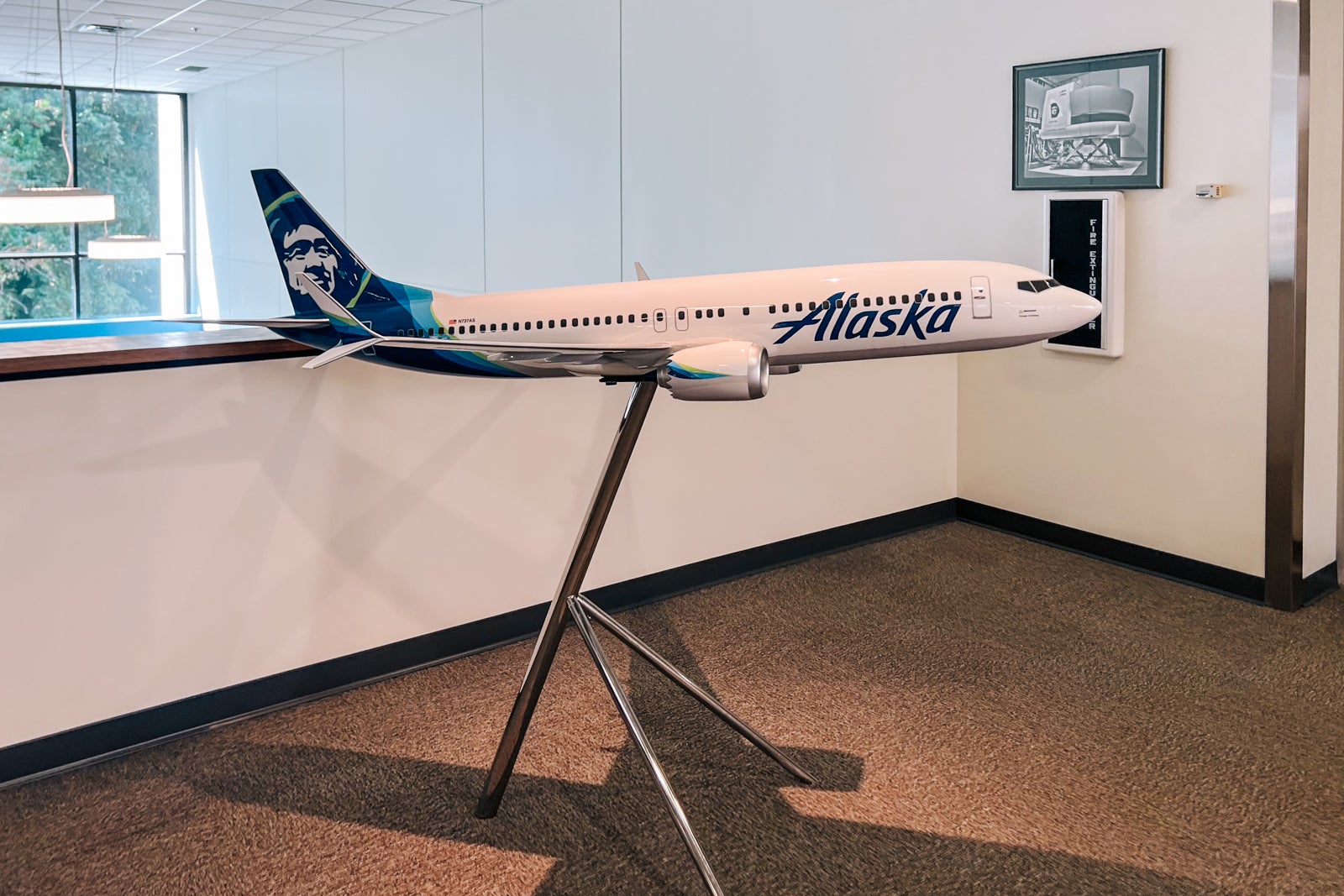
What’s behind that push?
In Portland, it’s about becoming a true connecting hub, with many more one-stop itinerary options than ever before, said Kirsten Amrine, vice president of revenue management and network planning.
“What I’m really excited about there,” Amrine explained, “is just how many new ‘connect-the-dots’ we’ve been able to do.”
Meanwhile, in San Diego, the airline has seen strong numbers from its loyalty program (now Atmos Rewards), including cobranded credit card sign-ups.
“We see really good credit card returns from guests down there,” Amrine said.
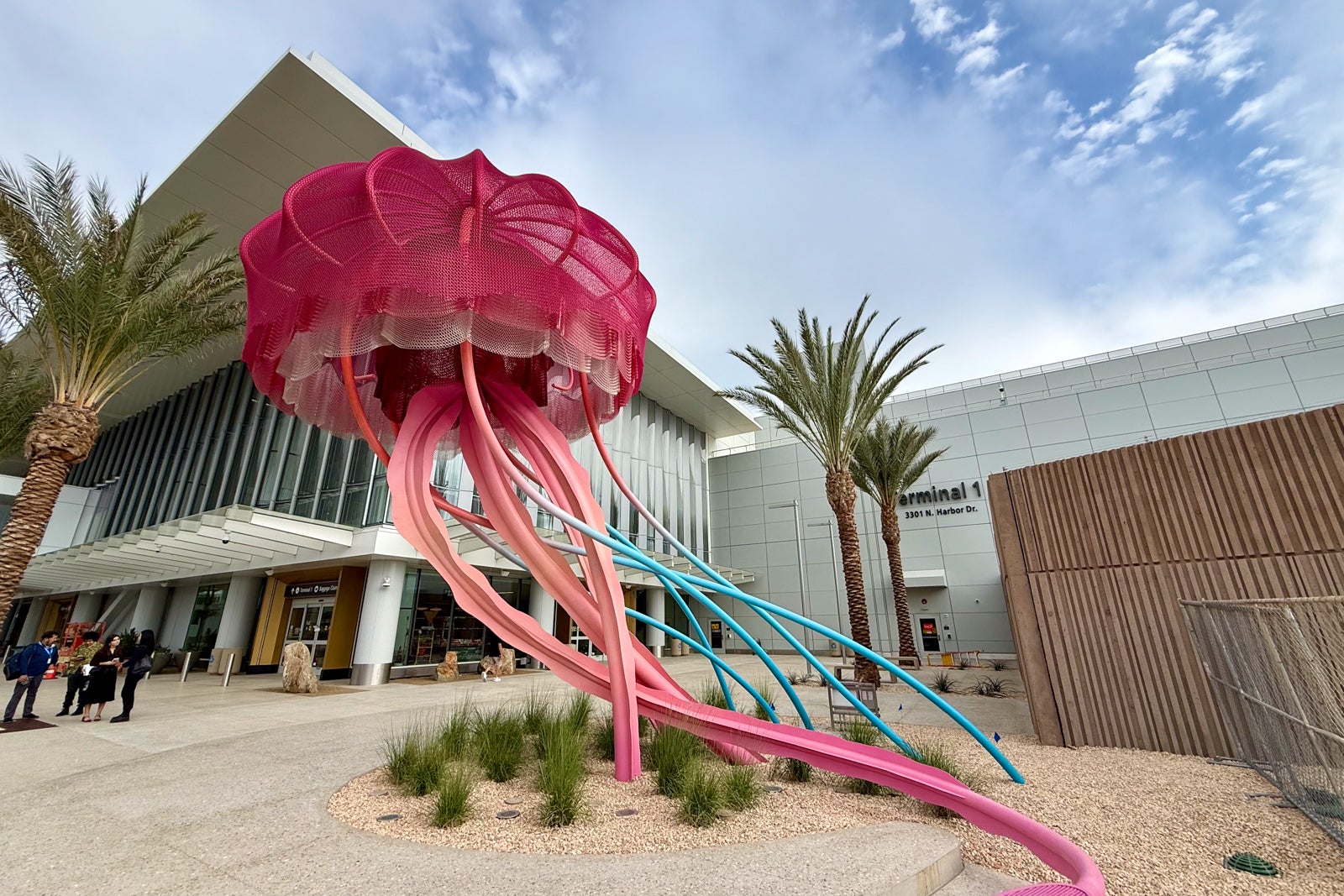
Airlines view both as a sign of brand strength and a signal that adding more flights could be a worthwhile investment.
“As we’ve put capacity into those markets,” Amrine added, “it’s responded very well.”
Not just a West Coast airline
Elsewhere, Alaska believes that its increasingly global route network is attracting more customers from well beyond its traditional strongholds in California and the Pacific Northwest.
After all, you can now board an Alaska Airlines plane in Raleigh, North Carolina; Tampa; or Pittsburgh and reach Japan or South Korea in one stop — without ever setting foot on a partner’s aircraft.
That fact, Amrine said, has broadened the appeal of an airline that historically catered most to travelers on the West Coast.
“It’s not just people coming from Portland and Victoria [in British Columbia] and places that are more in our wheelhouse,” Amrine said. “It’s definitely coming from east of the Rockies as well.”
There may be more to it than just geographic appeal, too.
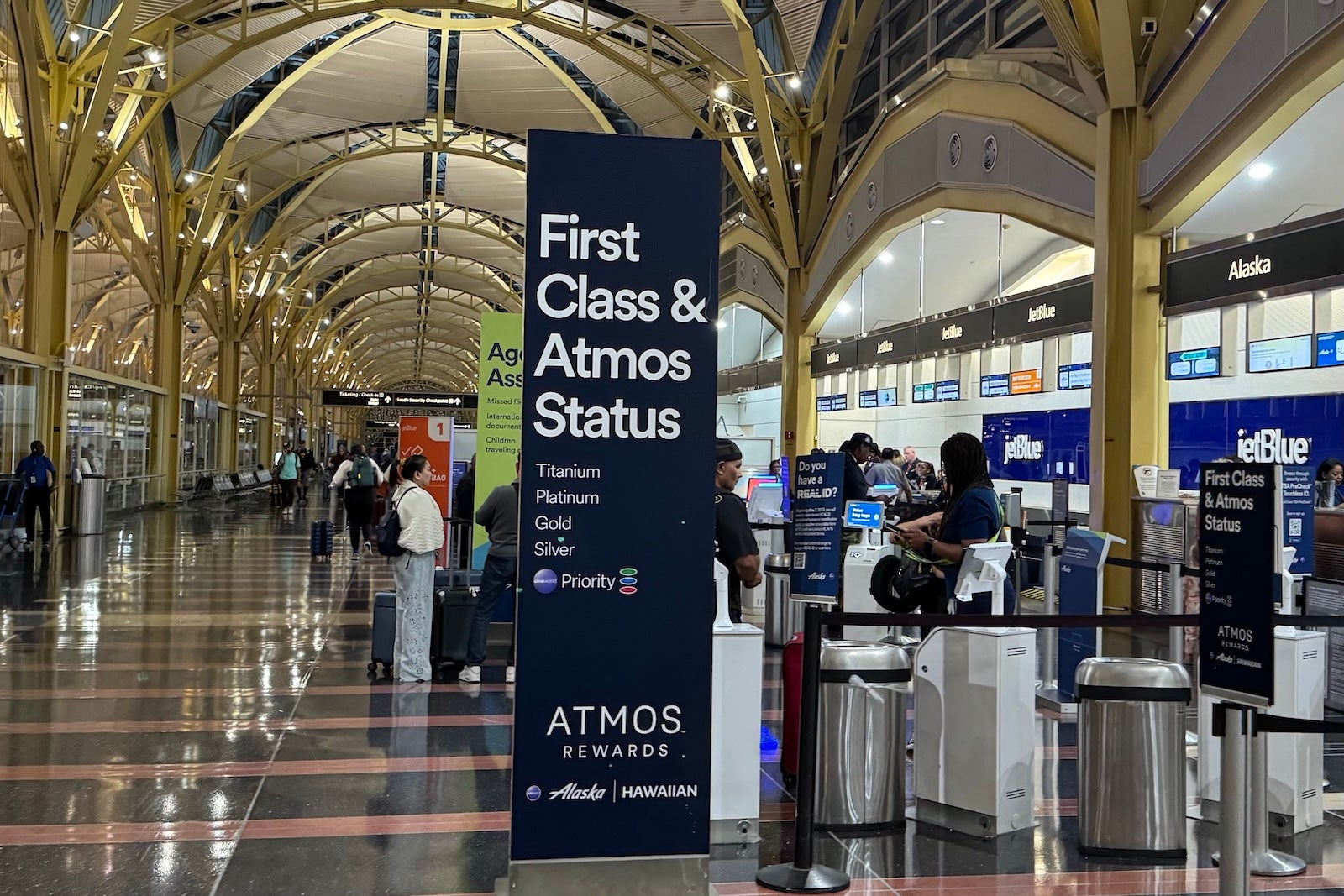
Alaska continues to offer some of the best-value mileage redemptions of U.S. airlines, including on partners like American Airlines. That means even passengers who don’t normally fly Alaska have found value in its Atmos Rewards program, boosting the national relevancy of the nation’s fifth-largest carrier.
Read more: Alaska Airlines’ valuable points — and award chart — survive Atmos Rewards
Defending its home turf
All of Alaska’s recent moves have combined to generate plenty of buzz in its hometown. They’ve also seemingly reignited a long-simmering turf war in the Pacific Northwest with one of its top rivals.
Shortly after Alaska this summer announced its first European route to Rome, top Sea Tac competitor Delta Air Lines responded with its own European expansion from the airport — including flights to the Eternal City.
The move was reminiscent of the highly competitive early days of Delta making Seattle a hub, when the two carriers often duked it out for market share in the region.
“We expected that,” Amrine said of Delta’s moves.
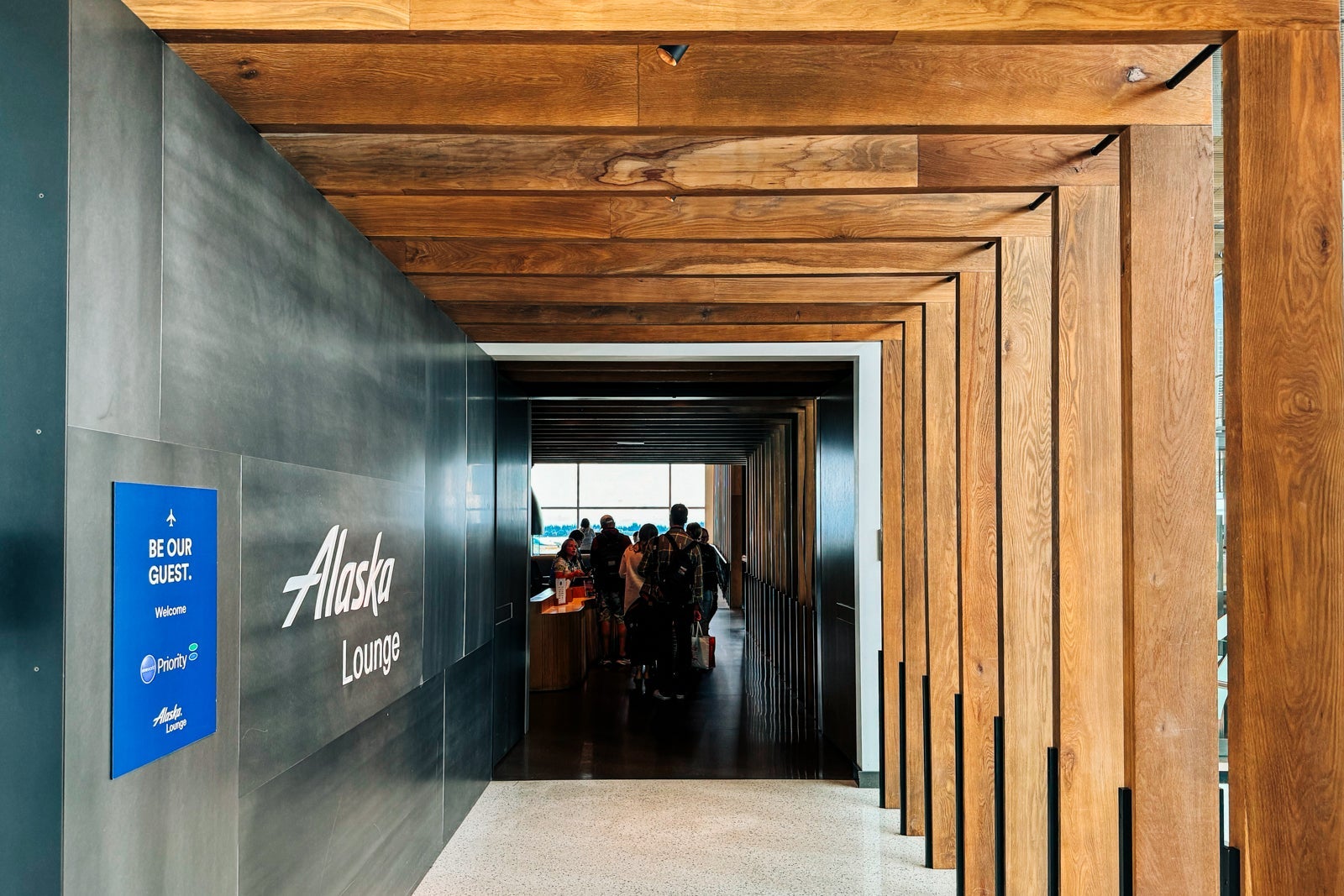
“But where we sit is, we’re the hometown carrier,” she continued. “And we expect that over time, as we have a larger international portfolio, we see the opportunity just to win back much of the travel that we’ve lost to Delta because we [previously] didn’t have that.”
We should note: Delta also recently bolstered its premium game at SEA with a spiffy new Delta One Lounge and Sky Club.
Talking Hawaiian and Honolulu
Let’s talk Hawaiian Airlines.
Alaska’s global ambitions have fueled perhaps the splashiest headlines since the two carriers’ merger last year.
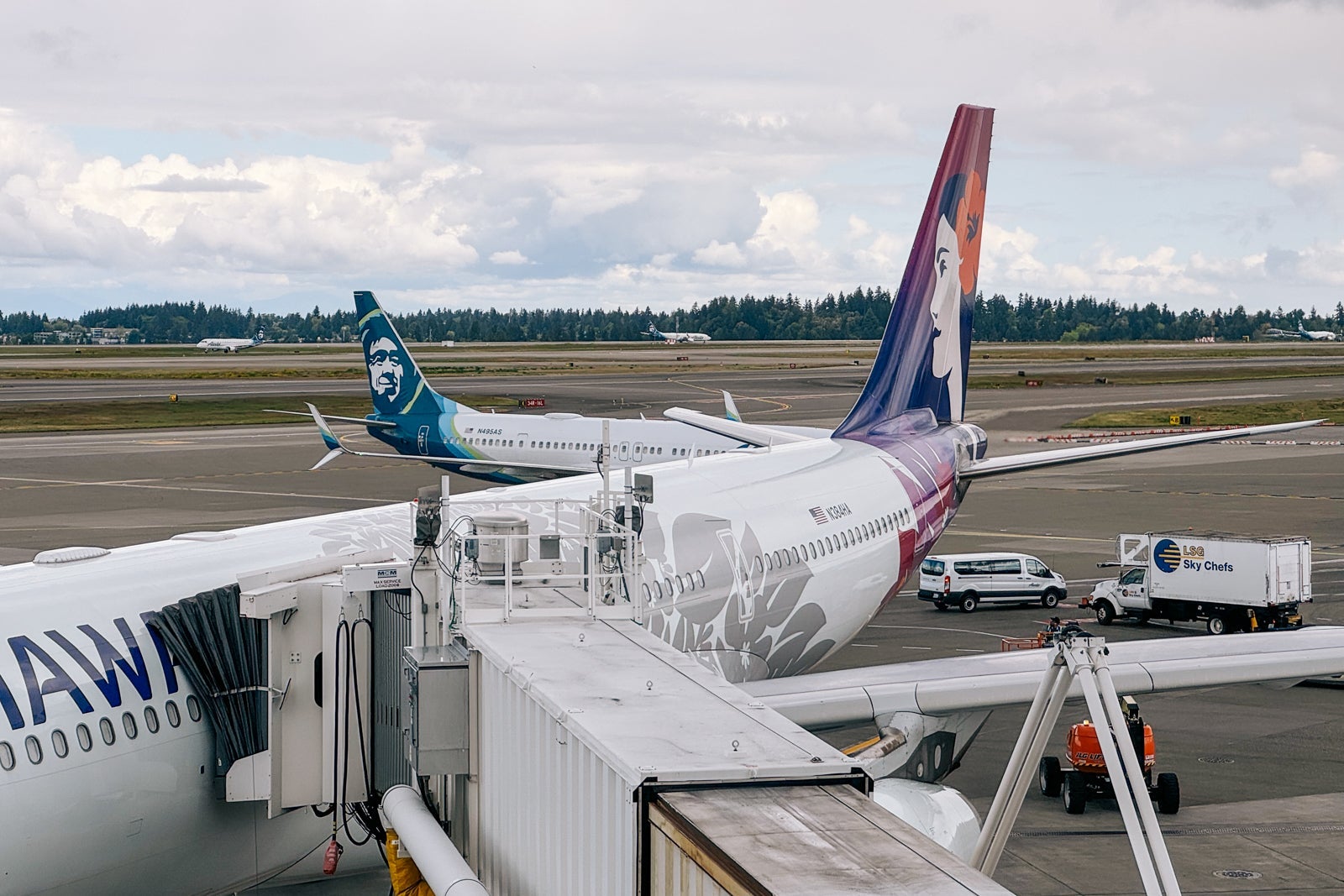
But there’s plenty of news on the horizon for Hawaiian, which continues to operate as a distinct brand.
As TPG has previously reported:
- Both Hawaiian’s new and still yet-to-be-delivered Boeing 787 Dreamliners will start flying as Alaska-branded planes in 2026, featuring an all-new global livery.
- Hawaiian currently operates Alaska Air Group’s Asia routes from Seattle. But those will eventually become Alaska-branded flights.
- Hawaiian’s older Airbus A330s will remain a staple of its long-haul network, but the carrier will give those planes a much-needed cabin upgrade in the coming years — including premium economy.
Beyond that?
You might see some Boeing 737 planes painted with Hawaiian livery in the future: Eventually, Amrine expects nearly all of Alaska Air Group’s flights to and from the Aloha State will be on Hawaiian-branded aircraft.
“We’ve been clear that for flying within or to [or] from the state of Hawaii, that will have the Hawaiian livery on it,” she said. “We just need to figure out what planes do we want to paint to have the right subfleets.”
Headed to Sydney or Tokyo? Try connecting in Hawaii
Finally, I asked about the future of Hawaiian’s international network. Remember, Hawaiian serves a range of transpacific destinations from its home state: Sydney, Auckland, Tokyo and Seoul, South Korea, among them.
In the short term, Amrine doesn’t anticipate new international Hawaiian routes. Instead, she said the carrier is focused on integrating the Alaska and Hawaiian networks to support its new long-haul flying.
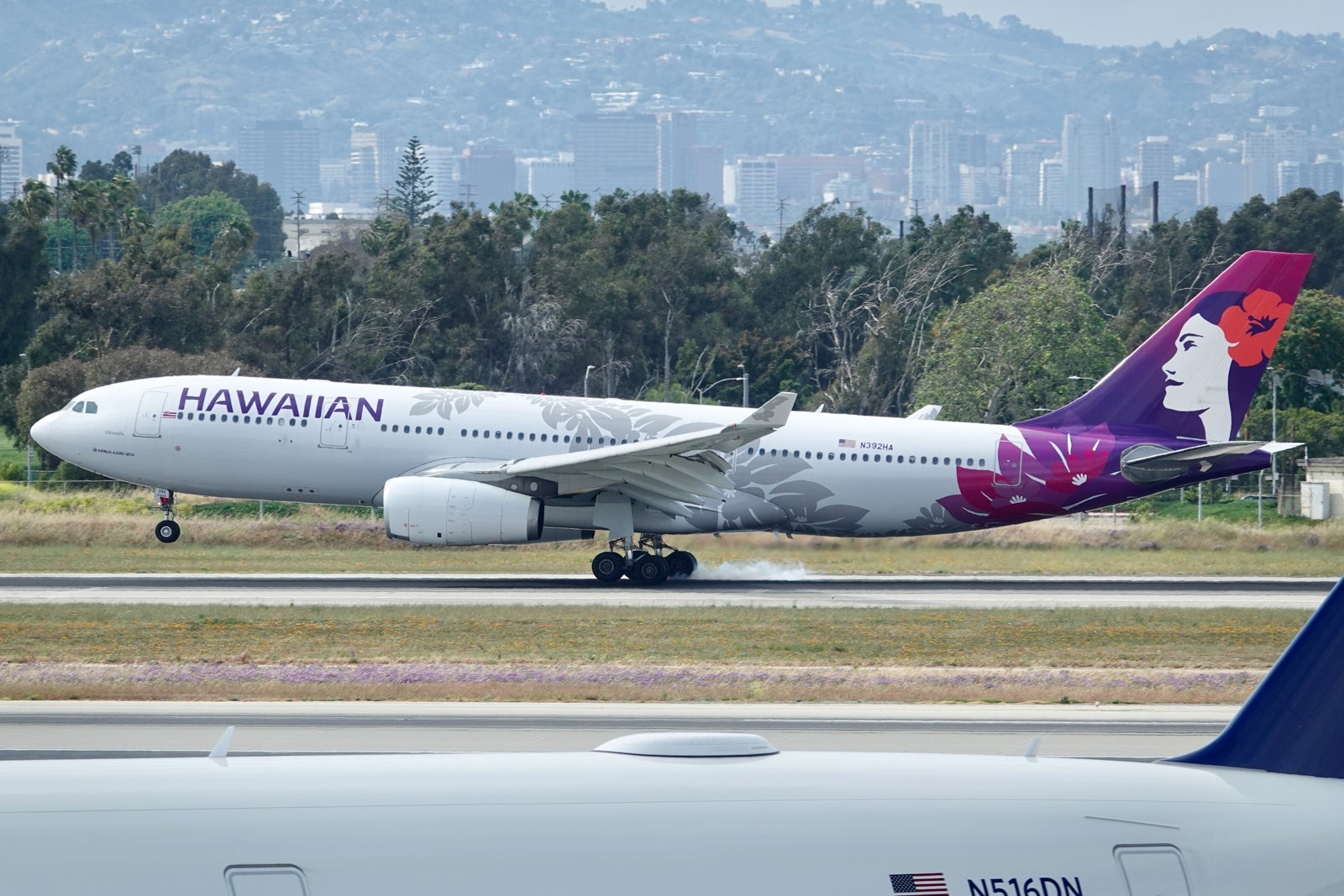
She believes more travelers will opt for a connection in Honolulu instead of the West Coast on their way to Australia, New Zealand or Asia — all destinations Hawaiian serves from Daniel K. Inouye International Airport (HNL).
“If you draw a line from Seattle to Sydney it basically goes over Hawaii,” she said. “There’s people who may prefer to connect in Hawaii versus down in L.A. It’s basically the most direct route that you can get.”
Related reading:
